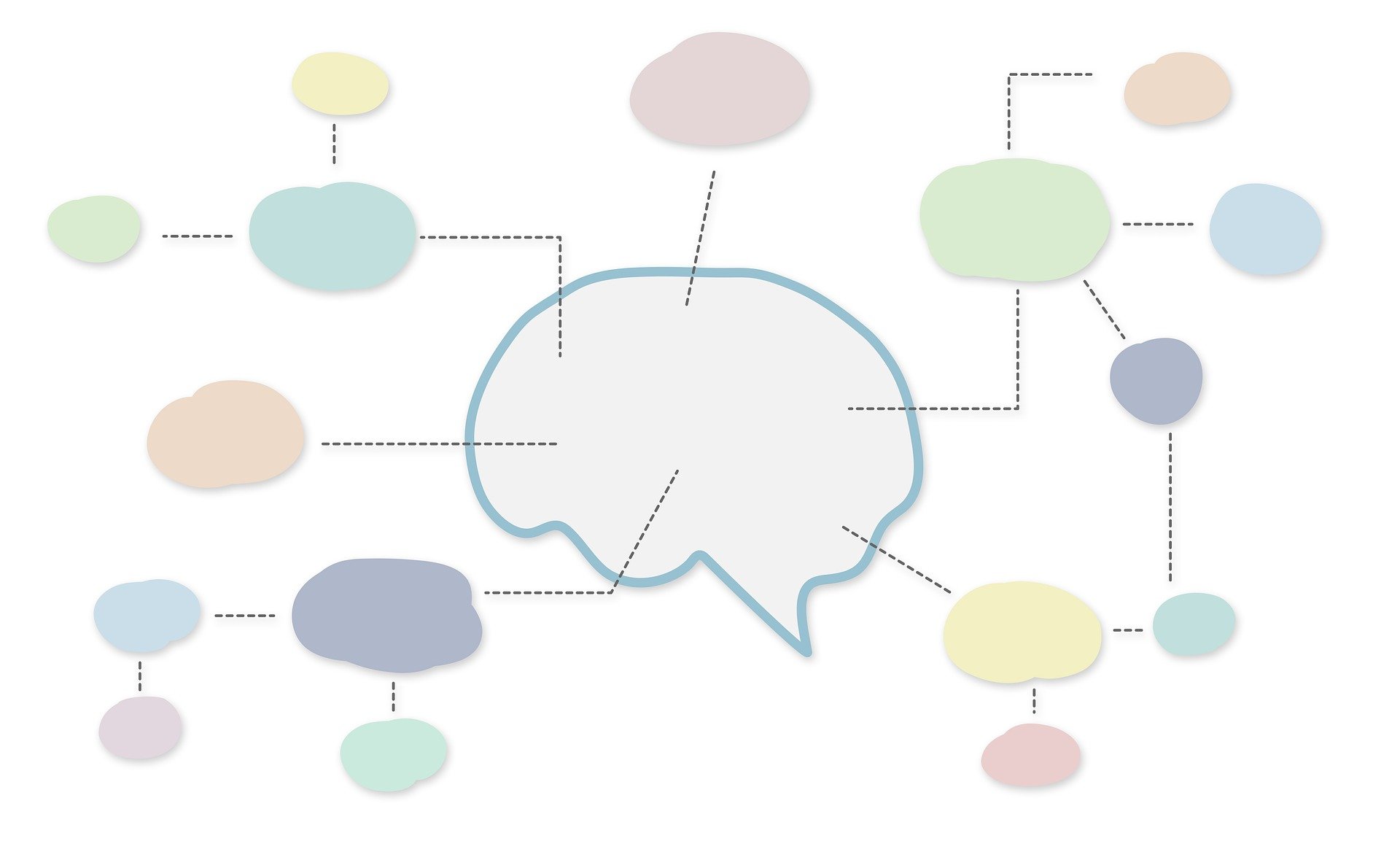Fassett, along with Mary Lague, Partner, Innovation Insights at Pilot44, held a session during the FEI conference on, “Community & Conversational Intelligence: How AI & Deep Listening Will Reshape Front End Innovation.”
Unlike traditional consumer research methods that often capture snapshots in time, online communities offer continuous, unfiltered access to real conversations and authentic sentiment. This shift is redefining how brands understand and connect with consumers, enabling deeper empathy and faster response to market shifts.
Deep listening and conversational intelligence are now unlocking billions of digital conversations at scale, revealing nuanced insights that can fuel everything from breakthrough product innovation to brand positioning. Pilot44 and Glystn are pioneering new ways to tap into this real-time voice of the consumer and translate it into actionable opportunities for growth.
Listening to the Conversation
The creator economy and online communities represent a paradigm shift in how new products and brands are conceived and built. Can you tell us a little more about your company and social listening—or as you phrase it, conversational intelligence?
Fassett says, “At its core, Glystn is a next generation of creator and influencer intelligence. We do a lot of comprehensive analysis on social media data, particularly looking at video data. One of the types of analysis we can do is consumer insights extraction which used to be called social listening but with advances in AI, we’re now able to do much more complex and nuanced analyses around interests, needs, brand perceptions, and so on. That’s really what deep listening is about on the Glystn platform.”
Glystn is a new AI solution to extract consumer and social insights. Just how does it connect the dots to the front end of innovation?
“If you think about social media data today, it’s really a gold standard or a deep source of truth about consumer needs and wants,” he says. “But up until recently, it’s been very hard to understand it in full and to be able to understand it at a level of detail because it’s kind of messy speech data and communities saying funny things with weird slang and all kinds of stuff. But artificial intelligence recently has hit a point where it absolutely understands that. It can organize that information and on top of it, it can make complex inferences about that information.”
Fassett continues, “What we’ve been able to do is organize artificial intelligence so that it can focus just on that data which is different from what a GPT can do or what a Gemini can do because they look at all kinds of data and they’re giving kind of superficial answers from broad sources. Ours focuses on just this data as a source of truth but it uses that complex reasoning of AI to be able to look across all of that and give you very clear answers about a brand, about a product need, about an opportunity in a market. From an innovation standpoint, you now have all of this strategy and data served up on a silver platter.”
Unlocking deeper consumer insights by listening in on authentic, unscripted conversations is something that many brands strive to do. Creator insights and conversational data in turn can transform into actionable opportunity spaces and new product ideas. AI is making this social listening an achievable reality. Just where doe the human judgement come into play?
“The human always has to be in the middle of it,” says Fassett. “We certainly let the AI do its thing and give complex analysis and reporting but we’re always showing the receipts. We make the AI show the actual influencers that are driving any trend that it identifies. This is actually a neat feature of the product. You’re able to say, oh, this is this conversation, that’s that conversation. Here are the influencers that are actually driving it. I can go and engage them. I can look with my own eyes and see, that is why the AI has said this. Now I understand it at a nuanced level of detail myself.”
Tapping into The Social Collective
So much about innovation is about creation, of new products, services, concepts and ideas. What are your thoughts on collective intelligence for you and your organization? This was a broader theme during the FEI25 show.
“In some respects, that’s what we are trying to identify and bring to light,” says Fassett. “If you think about the creator economy or whatever kind of buzzword you want to use to talk about that space, that is a bunch of taste makers and small audiences that are highly bound and engaged by those taste makers all talking, sharing ideas. That is a giant collective intelligence. It’s hard to make sense of that at scale and organize everything that’s being said and we’re now at a point where we can use AI to better understand and make accessible that collective intelligence.”
The sharing of ideas, which the influencer community is notable for, also holds true for the collaborative nature of innovation—the sharing of ideas that the innovation community leverages in its creation of new ideas, services and products.








